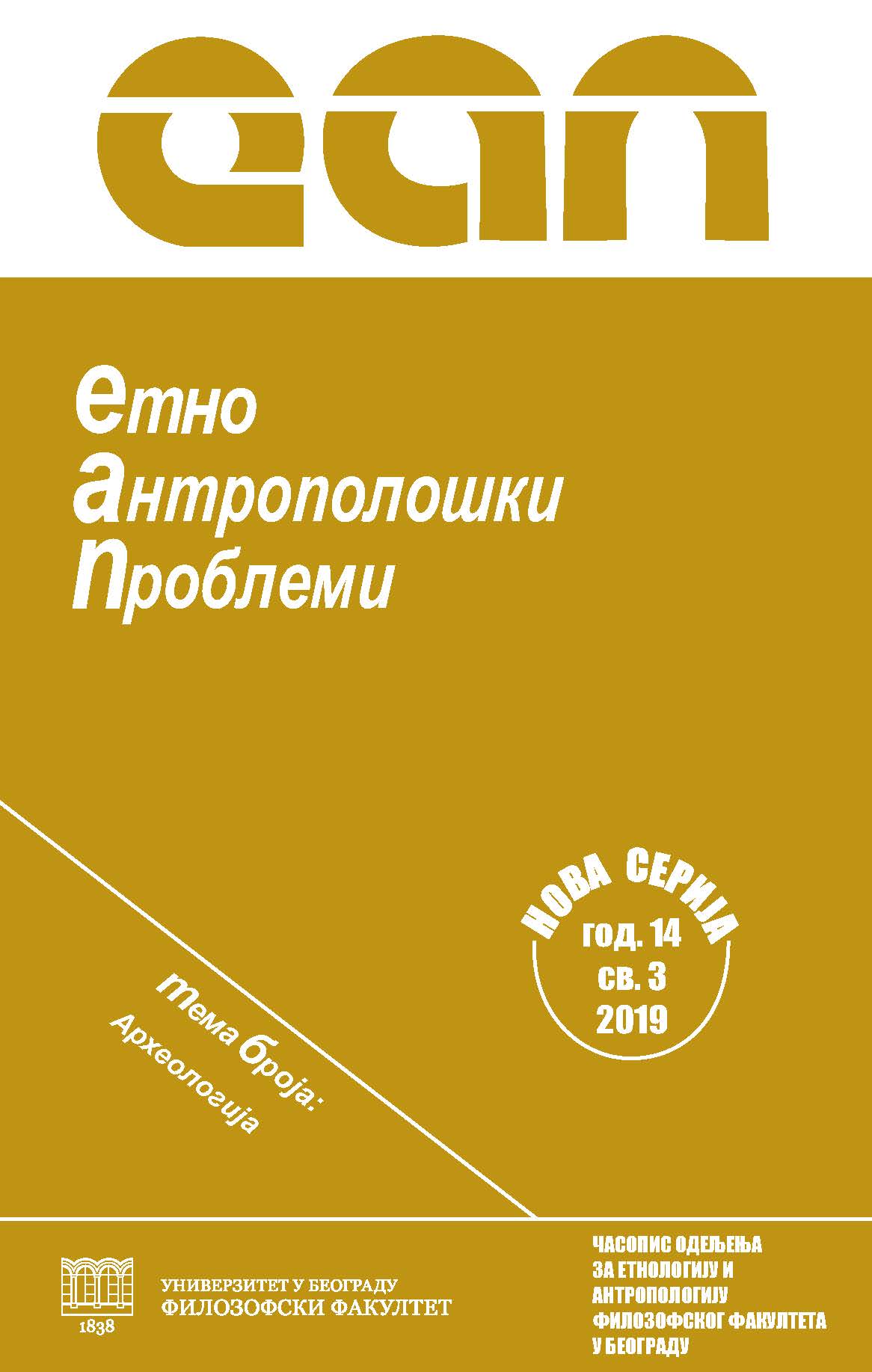Evidencija o životinjama u srednjem veku unutar kulturno-istorijske paradigme
Evidence on Animals in the Middle Ages in the Framework of Culture-Historical Paradigm
Author(s): Monika MilosavljevićSubject(s): Archaeology
Published by: Филозофски факултет, Универзитет у Београду
Keywords: epistemology; human-animal relations; Mediaeval archaeological record; culture-historical paradigm; paganism; ritual; funerary practice
Summary/Abstract: The paper investigates the relationship between archaeological paradigm, fieldwork practice and archaeological records generated in Serbia after the World War II. The issue is the need to revalorize “old” archaeological records in the context of the current theoretical changes and of adaptation of the existing evidence to new research perspectives. These general issues are discussed on the example of culture-historical or traditional approach in Medieval archaeology in the Serbian context.From the point of view of postprocessual archaeology, the paradigmatic position entirely determines the evidence generated during excavations. Consequently, it may be expected that the excavations conducted under the culture-historical school of thought may only answer the questions posed from the culture-historical viewpoint. Therefore, the limitations are great of reinterpretation of the evidence generated in the culture-historical framework. Additionally, the problems of reinterpretation are raised by inaccessibility or non-existence of complete field documentation or unsatisfactory archiving. In other words, the data at our disposal are far removed from the complexity of archaeological record necessary for new insights and a better understanding of the past. The problem is further influenced by the specific character of archaeological knowledge and the issue of non-replicability that differs archaeology from other experimentally grounded research areas. Consequently, a string of problems raises in the process of reinterpretation of the “old” evidence, but it can still be treated as useful in interpretation, provided that it is adequately contextualized.The key points of the changed approach to archaeological research today may be defined as the overcoming of the notion of paradigm and the dualistic mode of thinking, with an emphasized importance of post-humanist philosophy and new materialism. One of the aspects of the post-humanist approach is the consideration of animals in archaeological record as companions to people of the past. This case-study considers specific issues of human-animal relations and “animal turn” on the grounds of the archaeological records interpreted as Mediaeval in the framework of the culture-historical paradigm. The new positioning of the “old” evidence stems from the theoretical tendencies linked to the “ontological turn” in social anthropology and archaeology, and the social epistemology of L. Fleck.
Journal: Етноантрополошки проблеми
- Issue Year: 14/2019
- Issue No: 3
- Page Range: 833-859
- Page Count: 27
- Language: Serbian

